Stalemate is a draw condition in a chess game that can confuse new players. Unlike checkmate, where the enemy king is in check that can’t be parried, stalemate occurs when the king is actually not in check, but the player in question has no legal moves to make. The game ends in a draw with the king’s all squares cut off but not in check.
Stalemate can also occur with multiple other pieces on the board if they cannot move for one reason or another. Stalemate traps are a useful resource in finicky endgames, especially in faster time controls, as amateur players can sometimes waste completely winning positions by accidentally stalemating their opponent.
What is a stalemate position?
Stalemate is where it is your turn, but you have no legal moves to make. However, since your king is not in check, you aren’t checkmated, and you haven’t lost the game! Stalemates are a drawn position. Consider this straightforward king and pawn ending:

Here, the game is over if it is Black’s turn to move. The Black king can’t go to any of the d7, d8, f7, or f8 squares (and also can’t take the pawn on e7)—but it also isn’t in check! This means that the game ends in a draw. (In fact, this is exactly the setup Black is aiming for when trying to draw a king and pawn endgame when the opponent is trying to promote on an otherwise empty board.)
Stalemates are also possible when there are other pieces on the board as they can be blockaded or pinned, rendering them immobile.

Take a look at this completely absurd position: here, this is also a draw if it’s Black’s move. The pawns cannot get forward, the rook on a4 is completely trapped, the c6 knight is pinned to the king and the king has no legal moves.
How to avoid stalemating your opponent
It sounds easy, but it is anything but: always double-check whether your opponent has a legal follow-up move to yours, especially in positions when you’re chasing a lonely king.
In general, it is a large step in chess improvement once you consider your opponent’s possible responses at all times. Doing a quick check of their possible threats, counters, and ideas is very important in all aspects of the game: this way, you won’t blunder headfirst into a trap. It is also a great way to extinguish drawing chances like stalemate traps. If you recognize that your opponent has no moves, you can adjust your plans before throwing away the win.




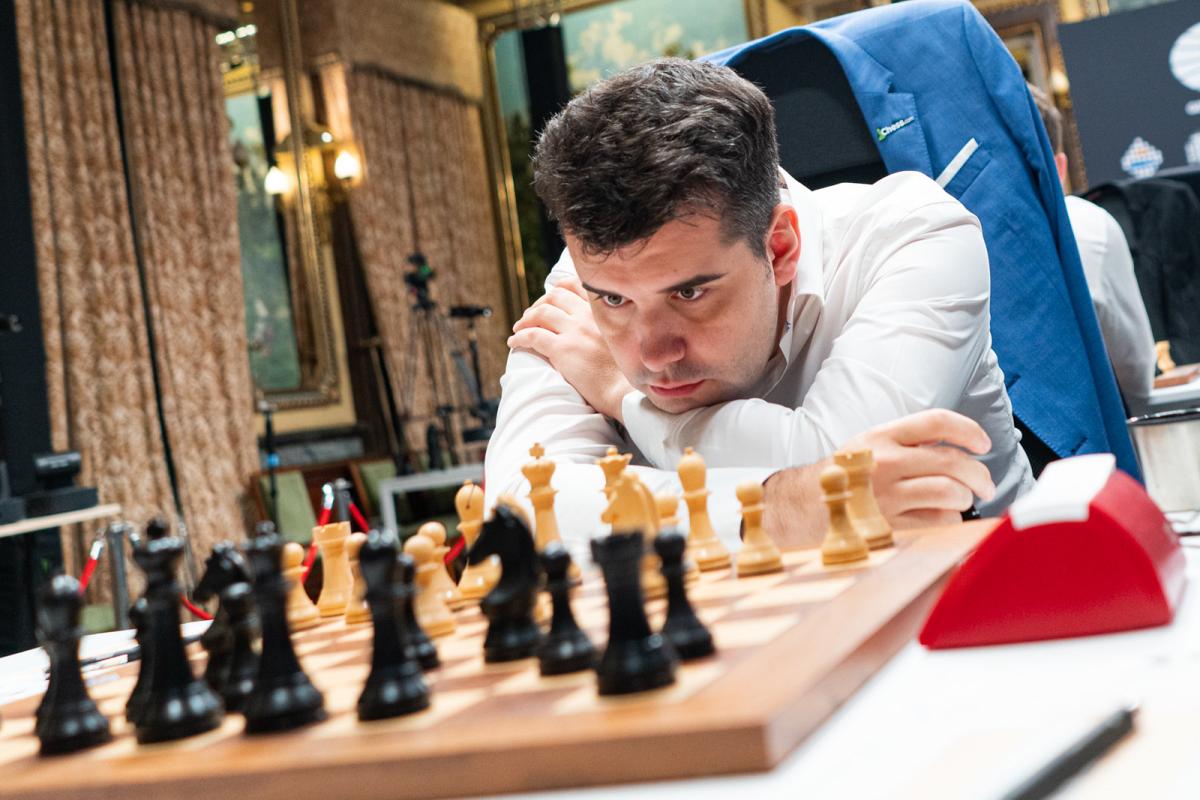
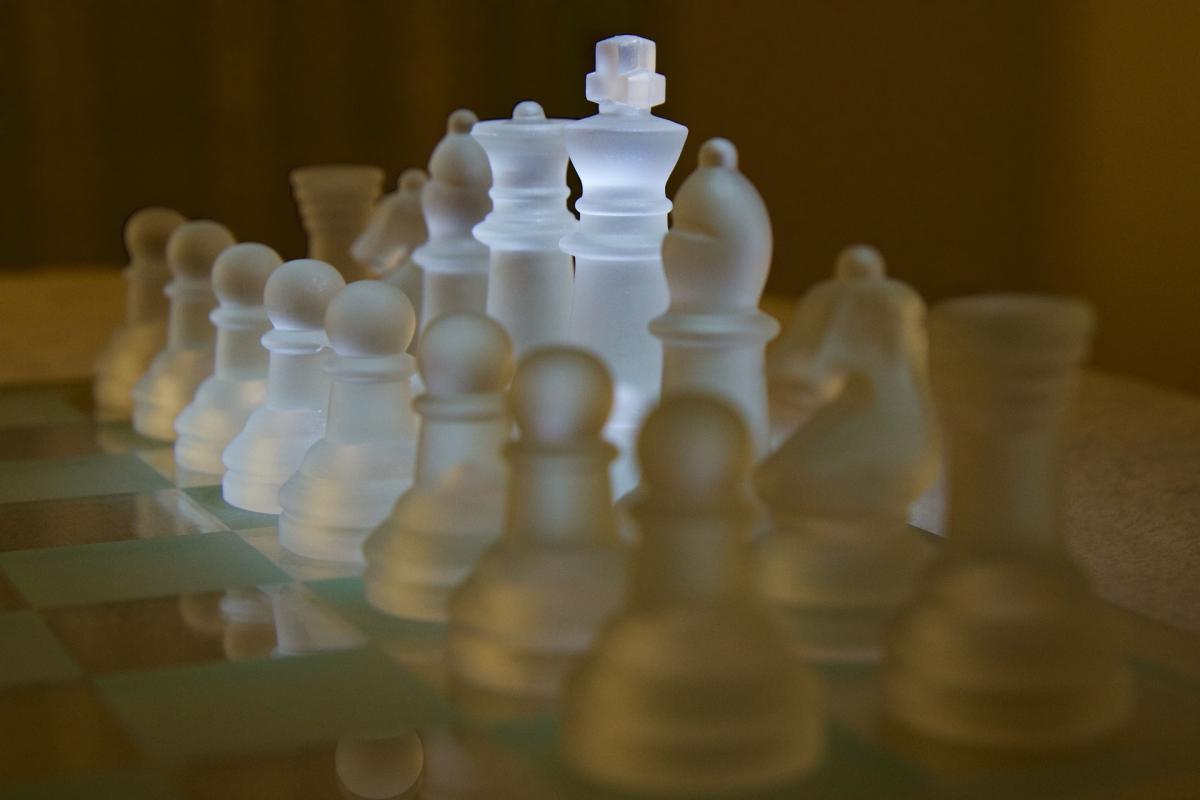

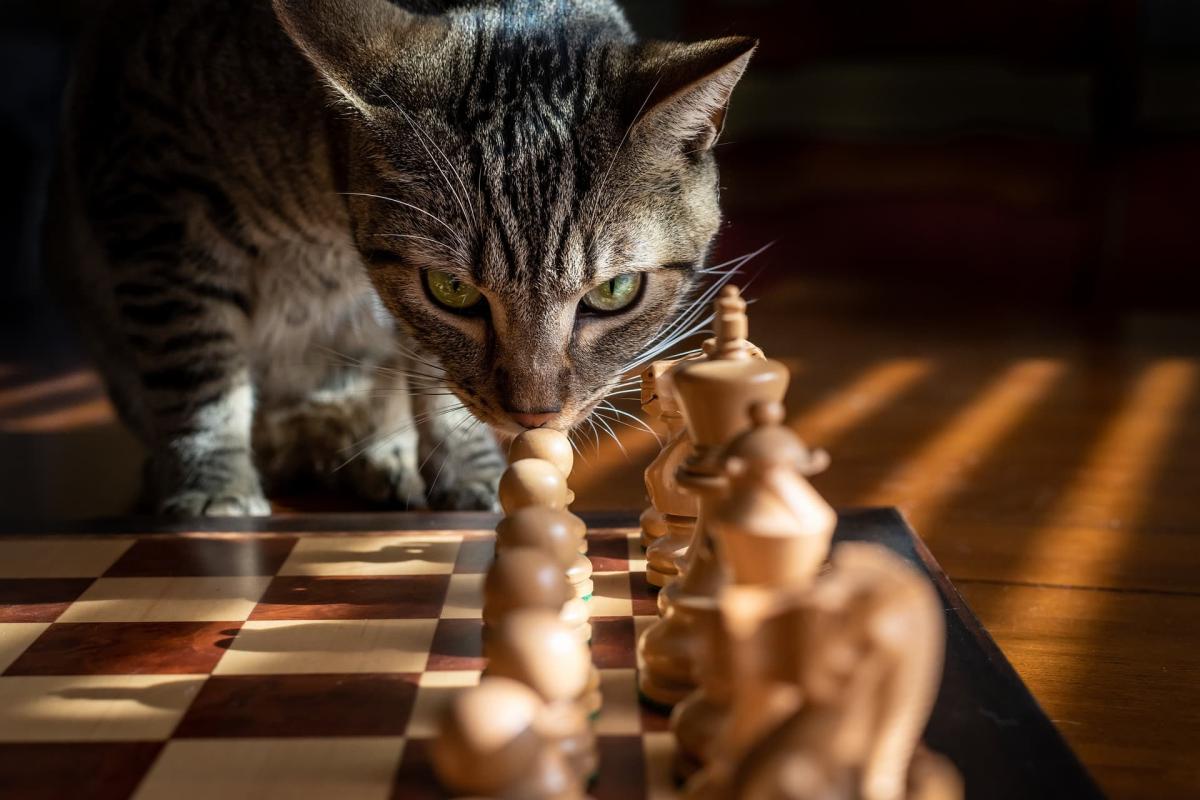
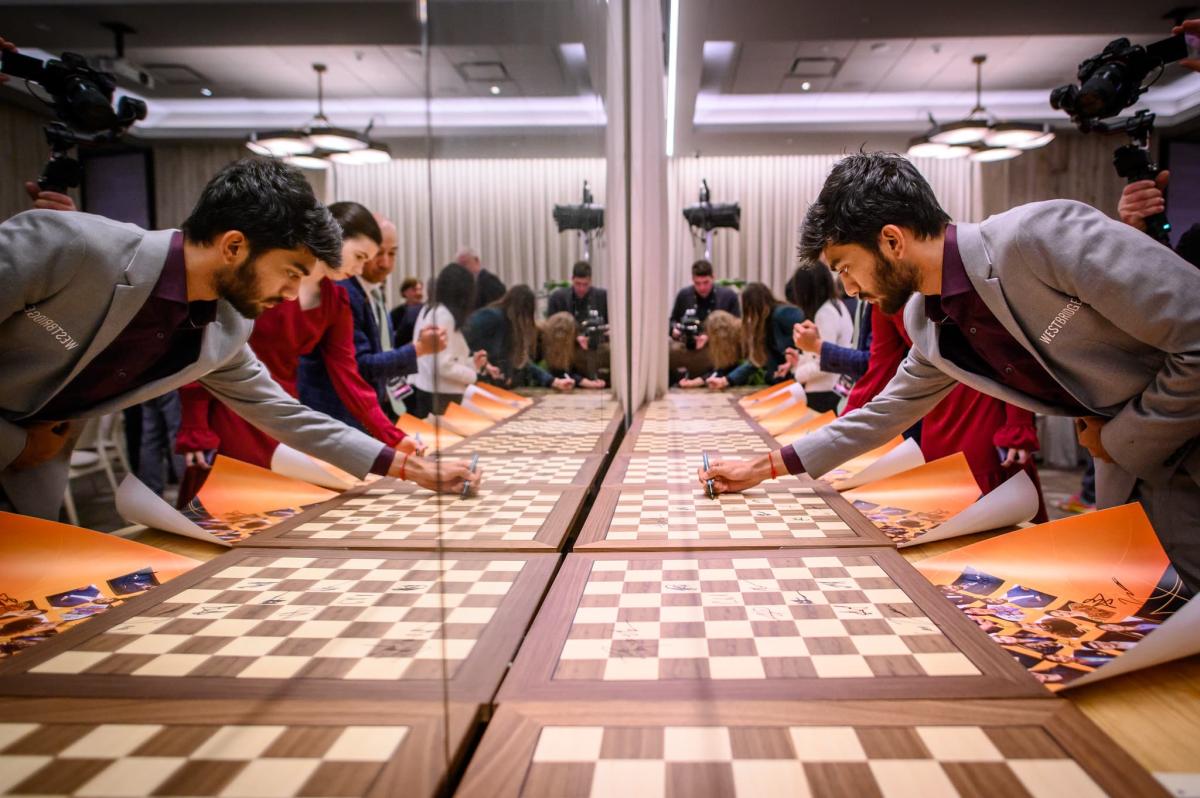

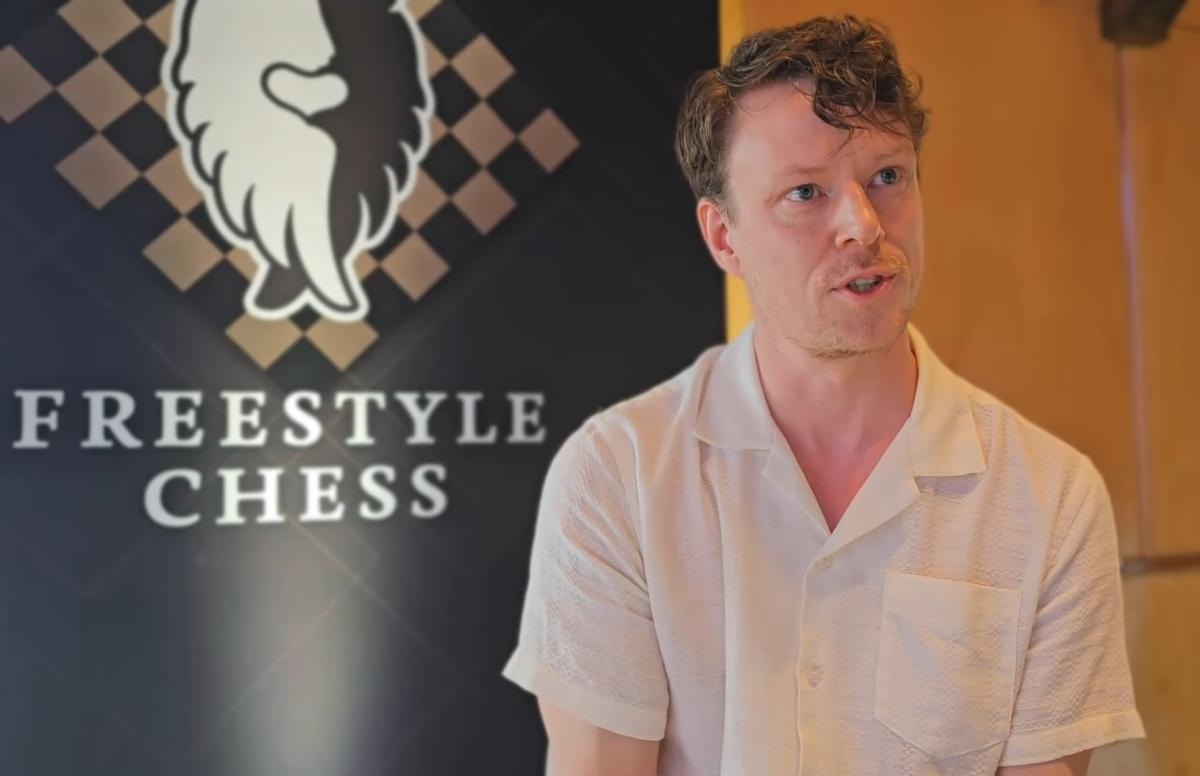

Published: Aug 21, 2022 11:25 am